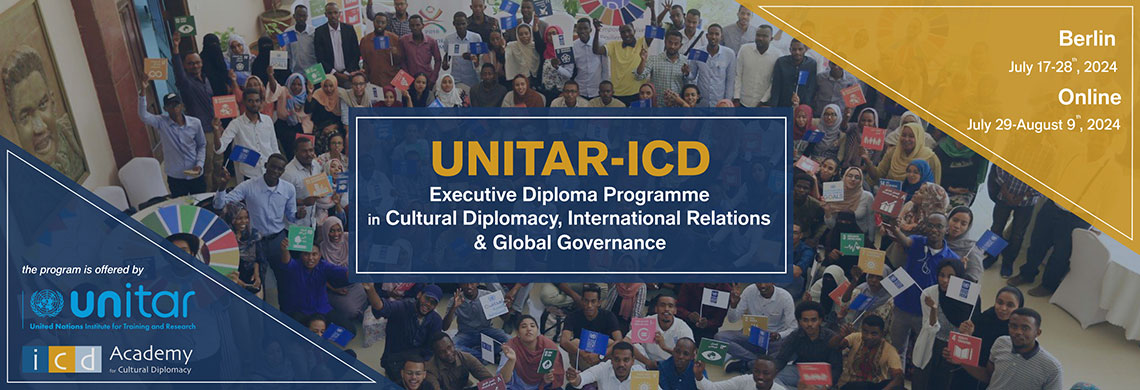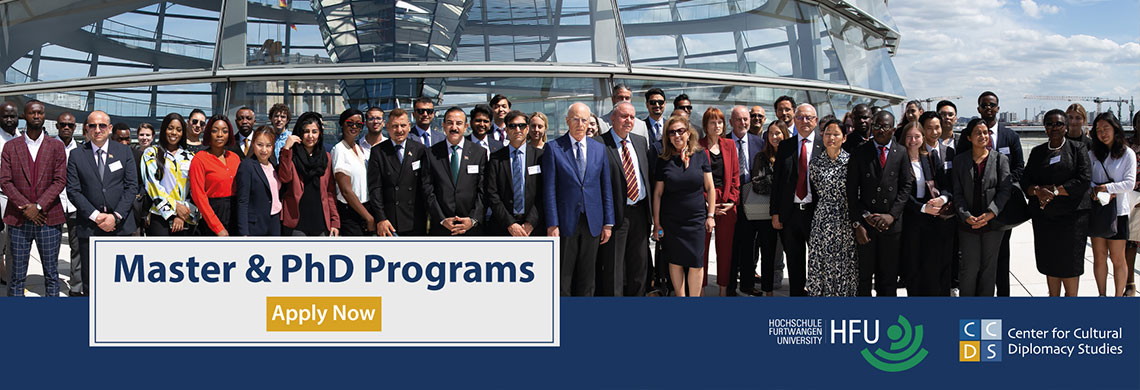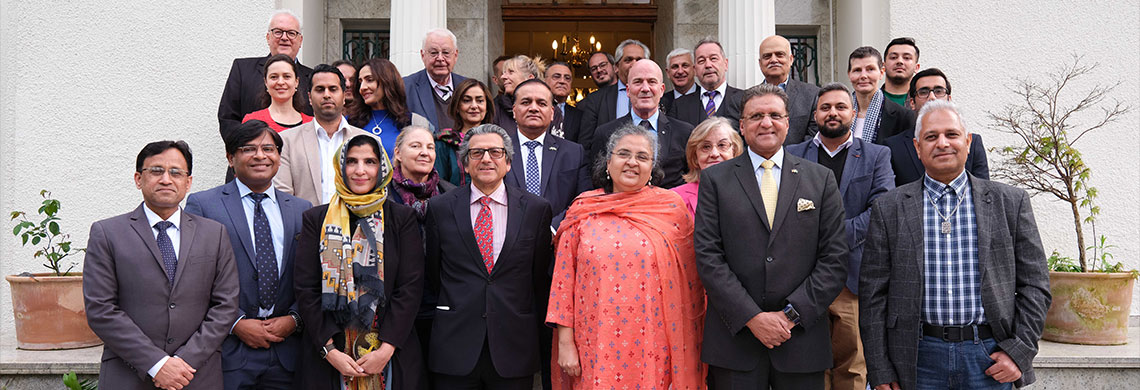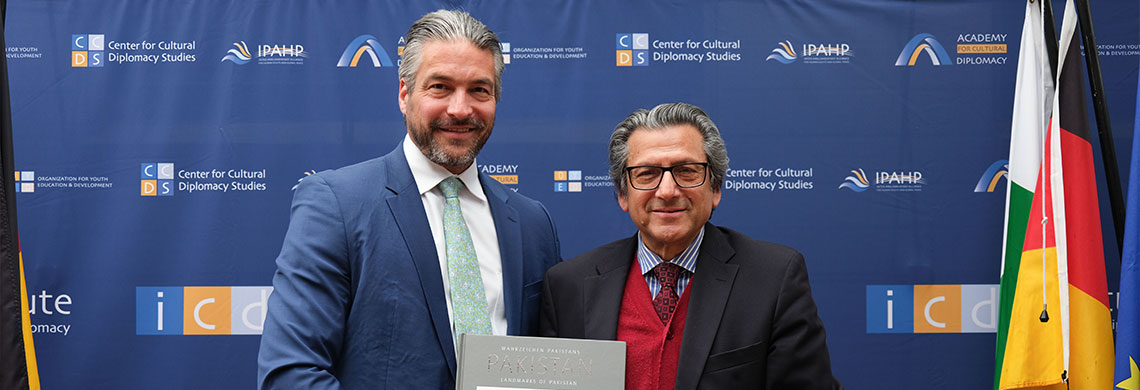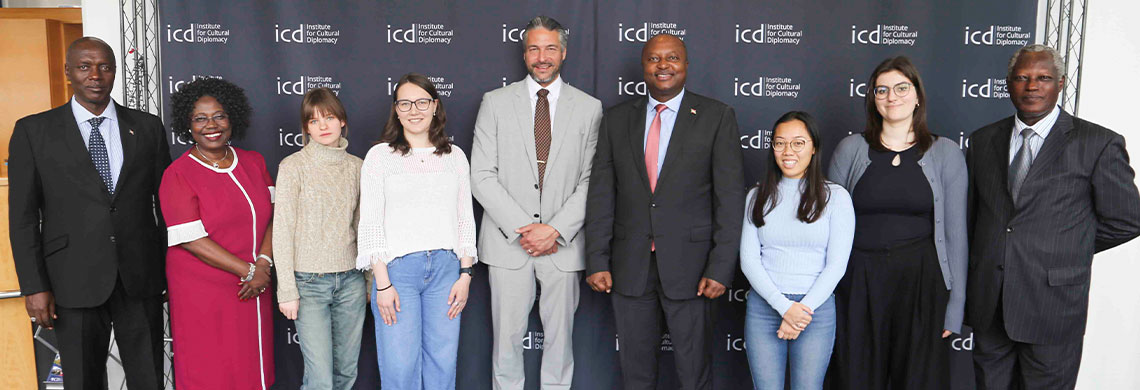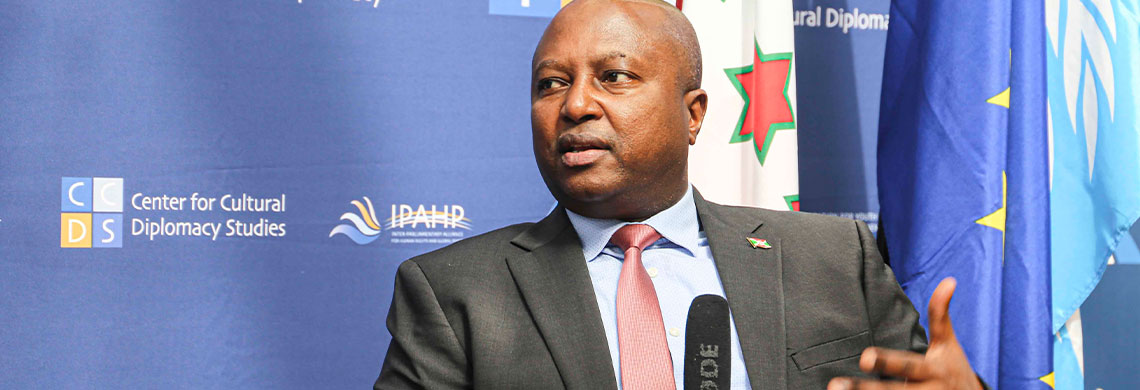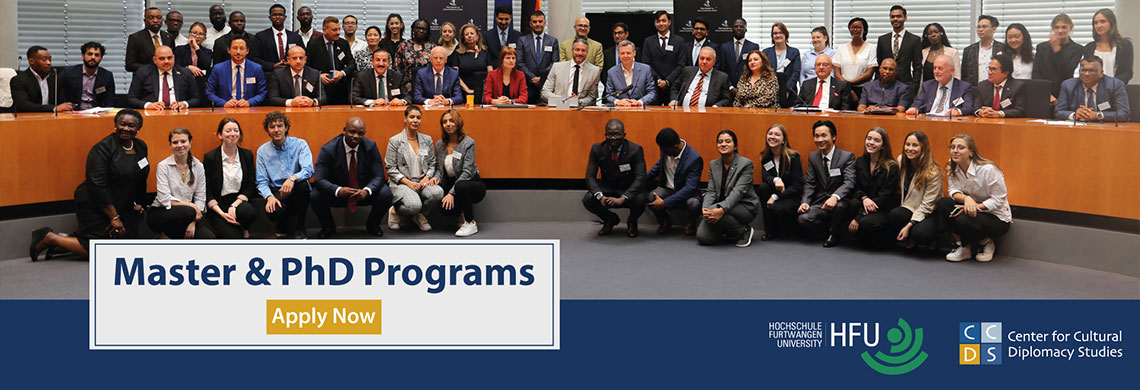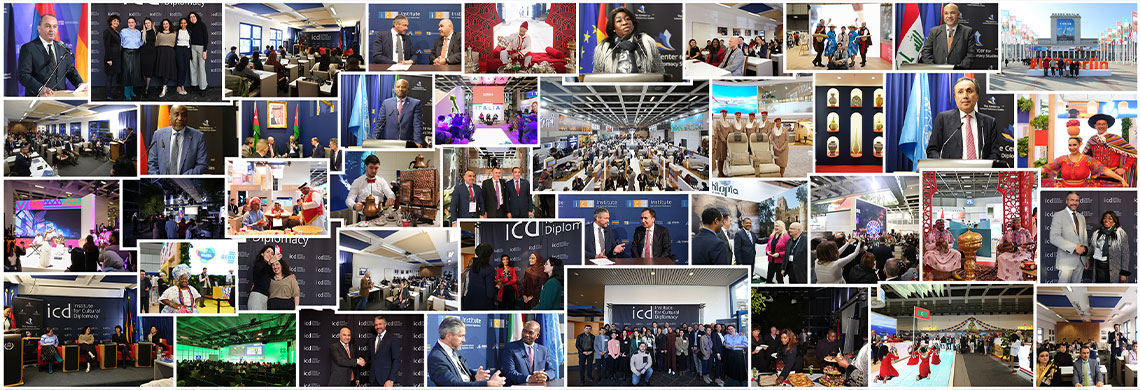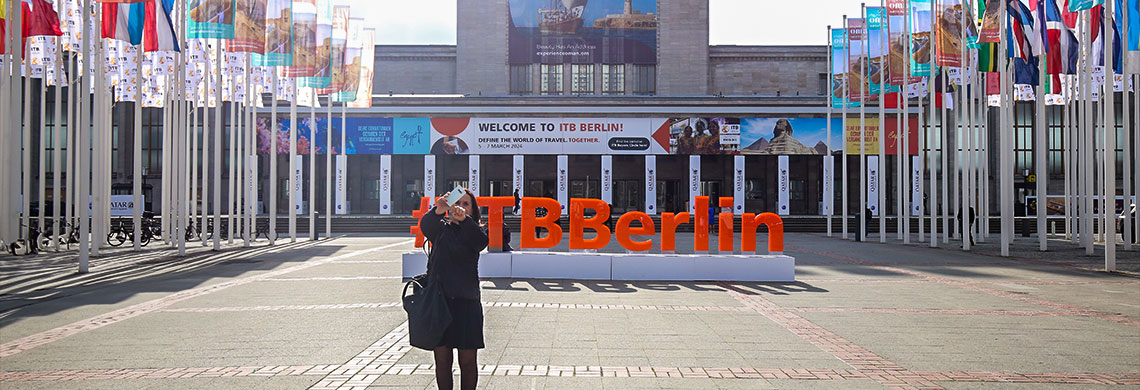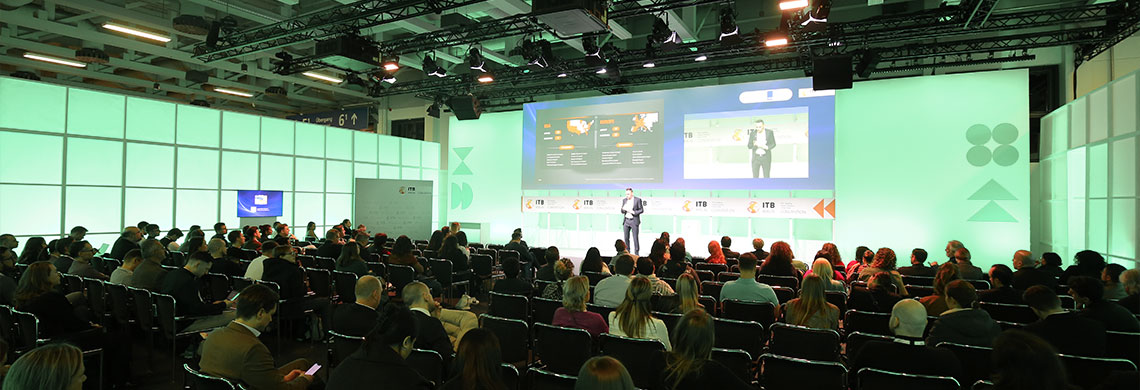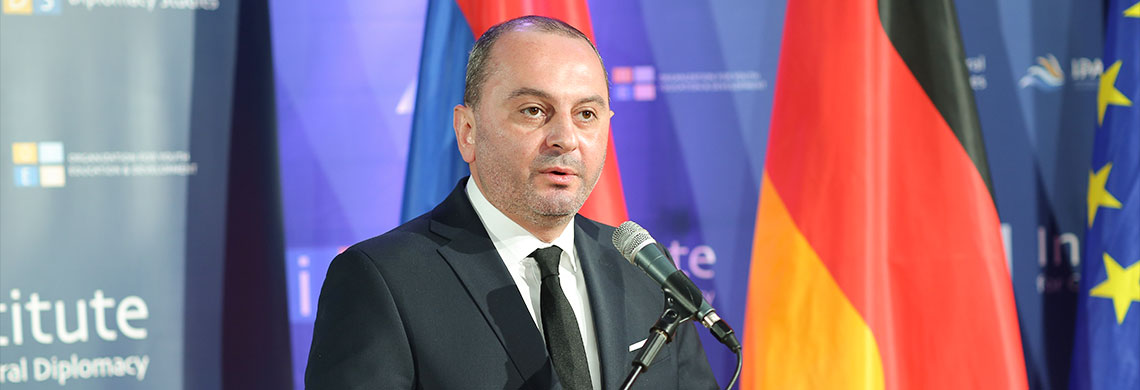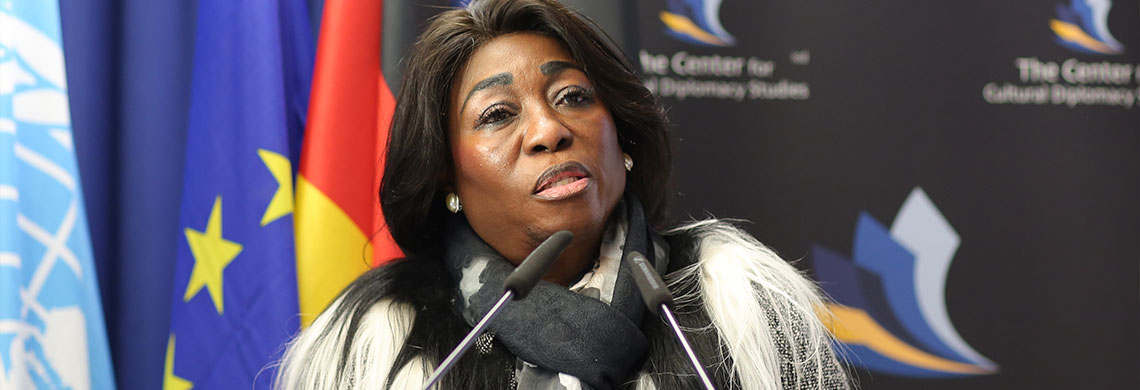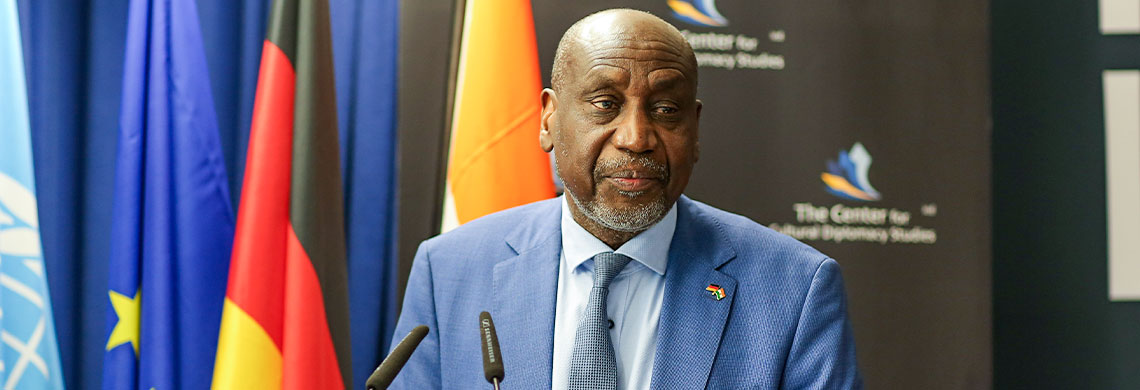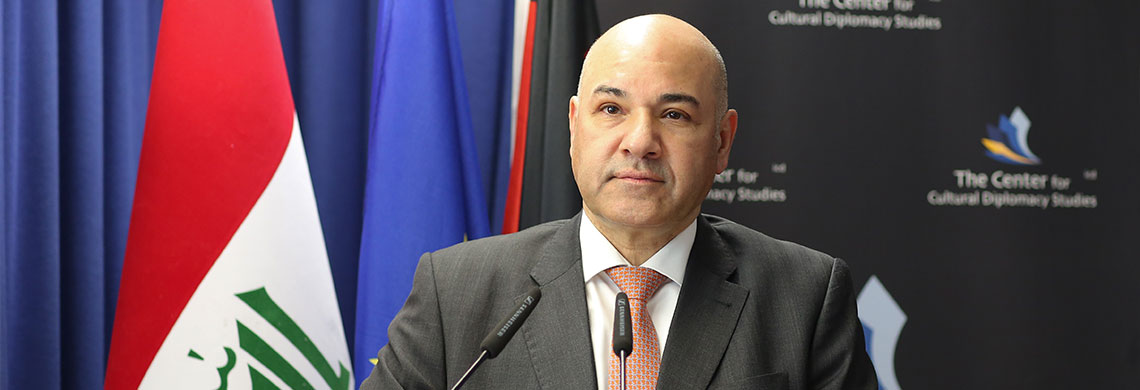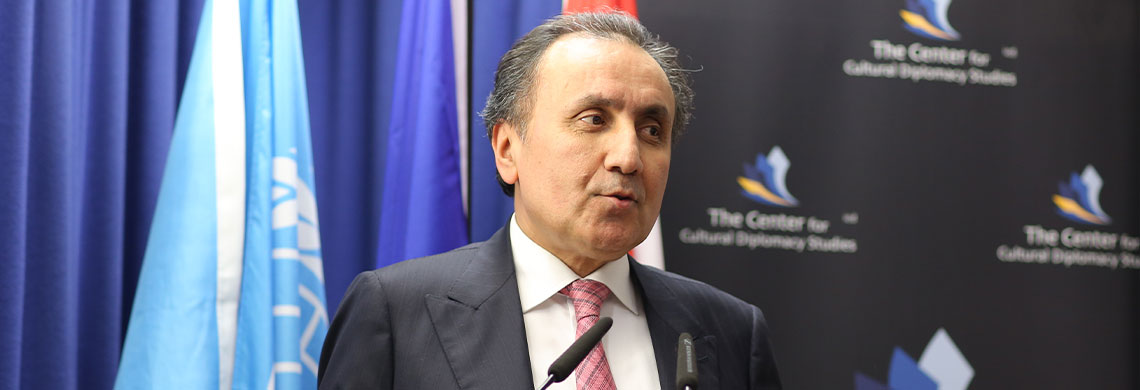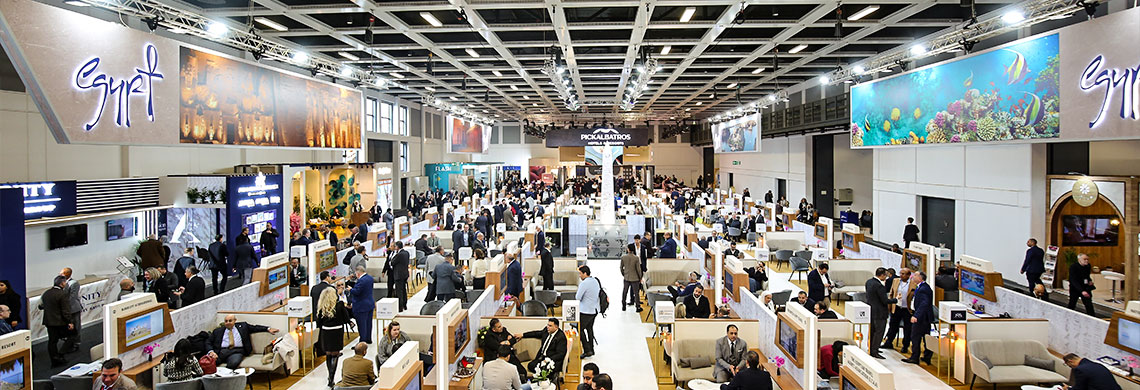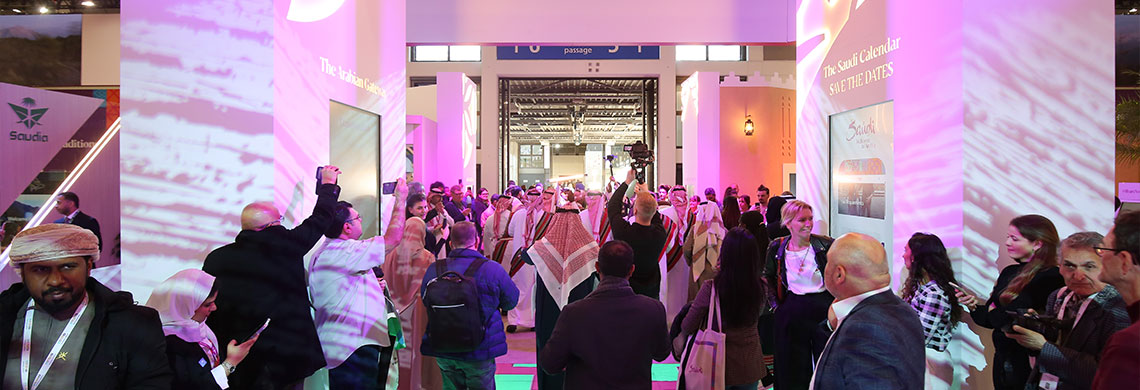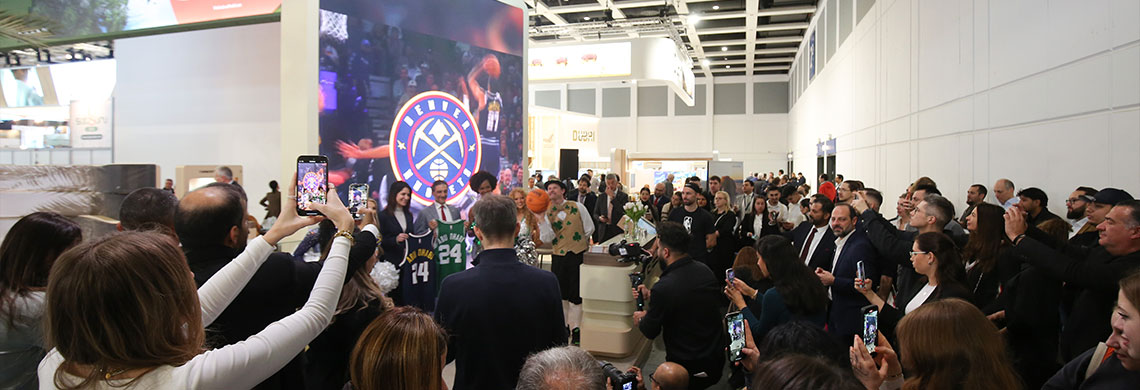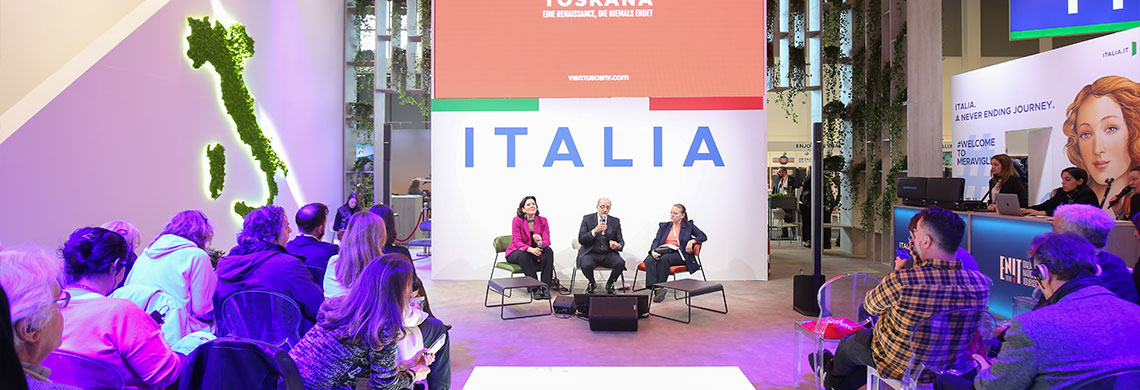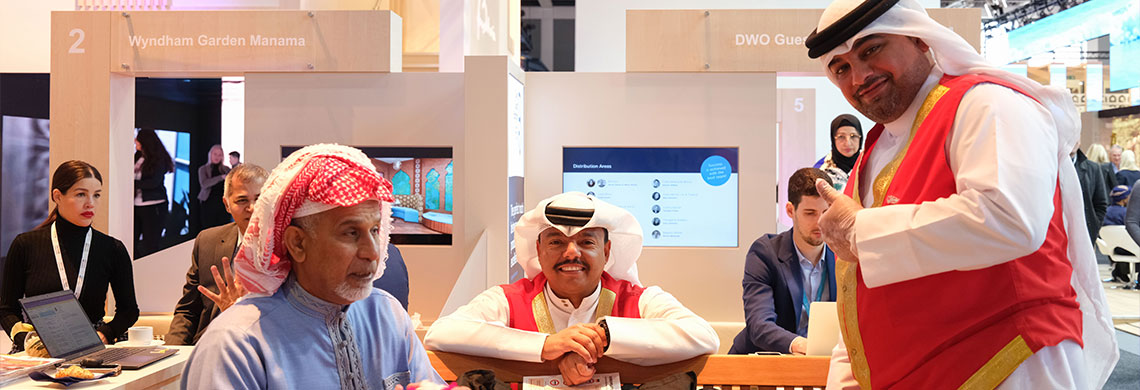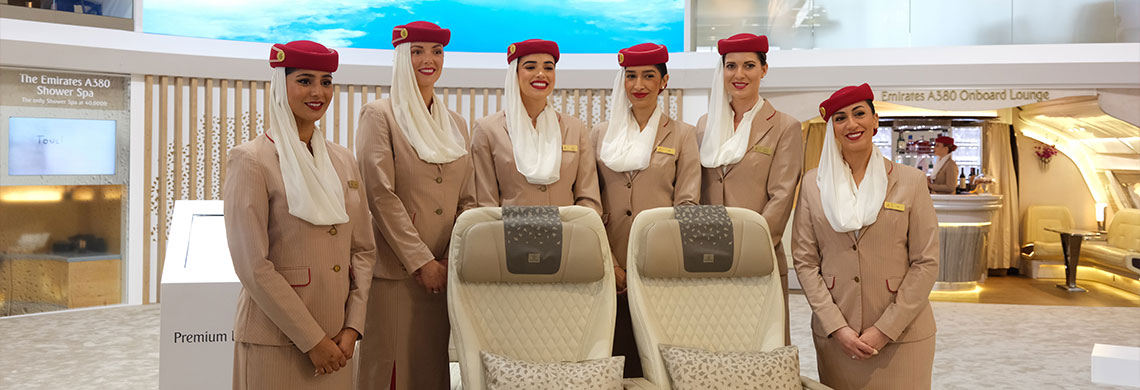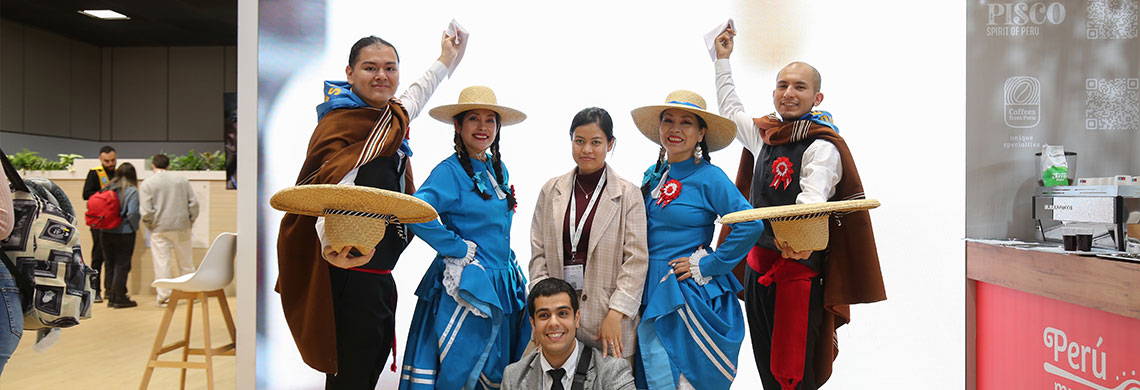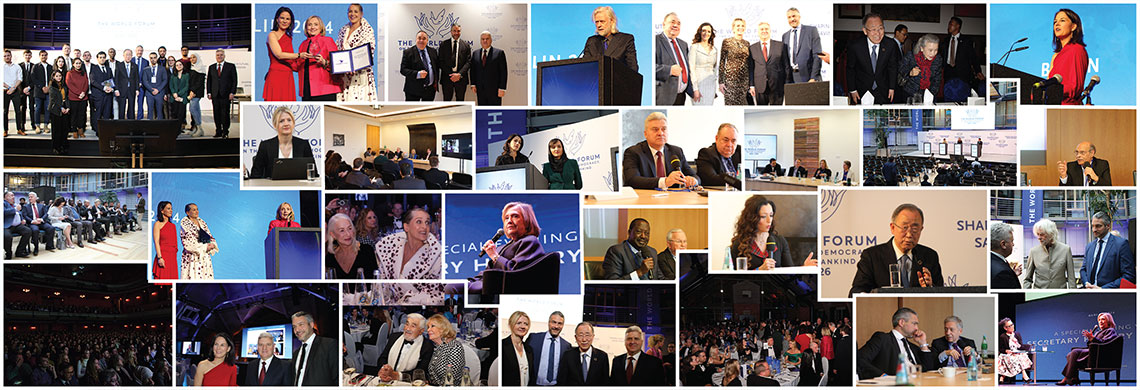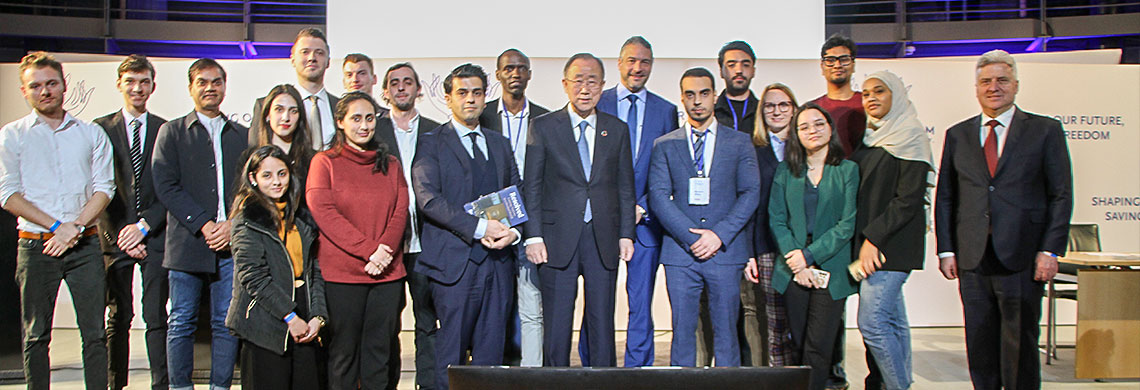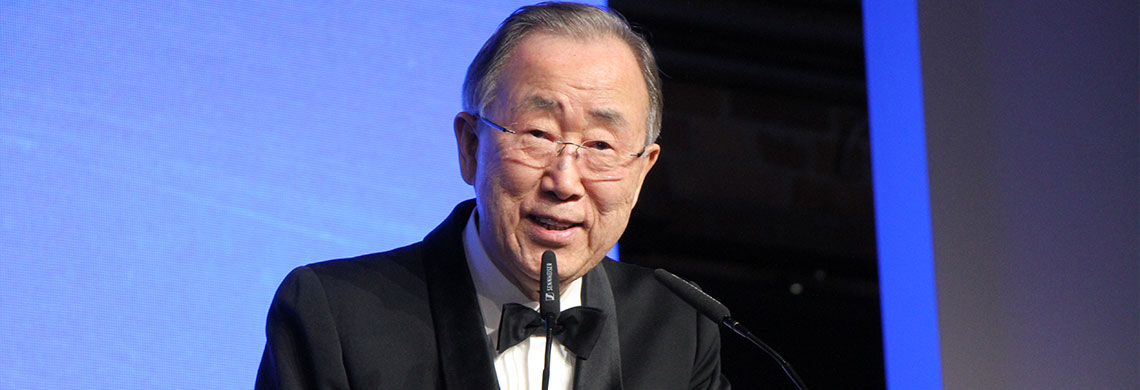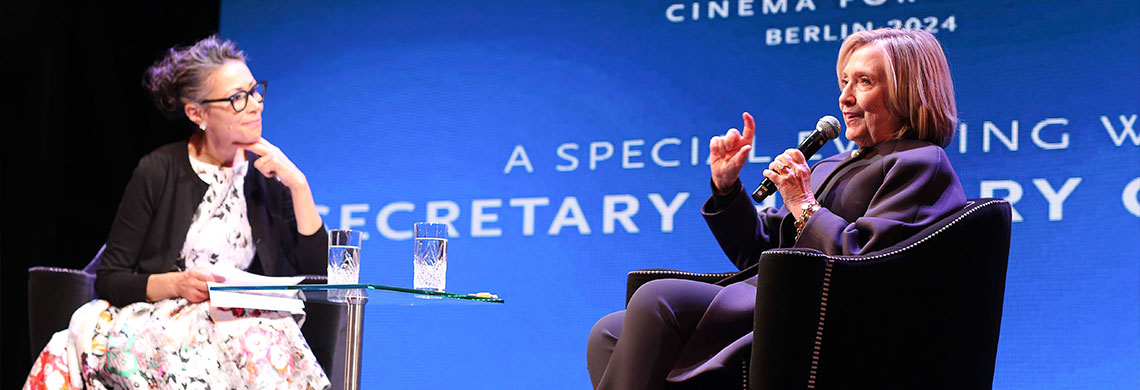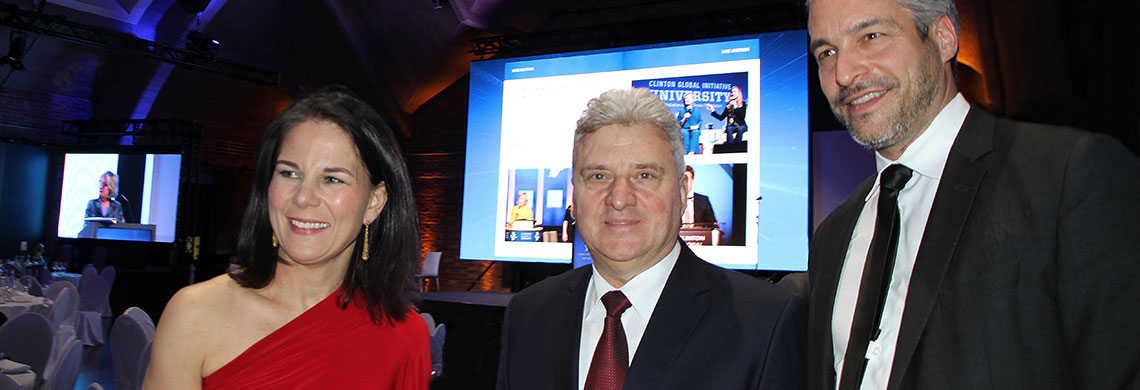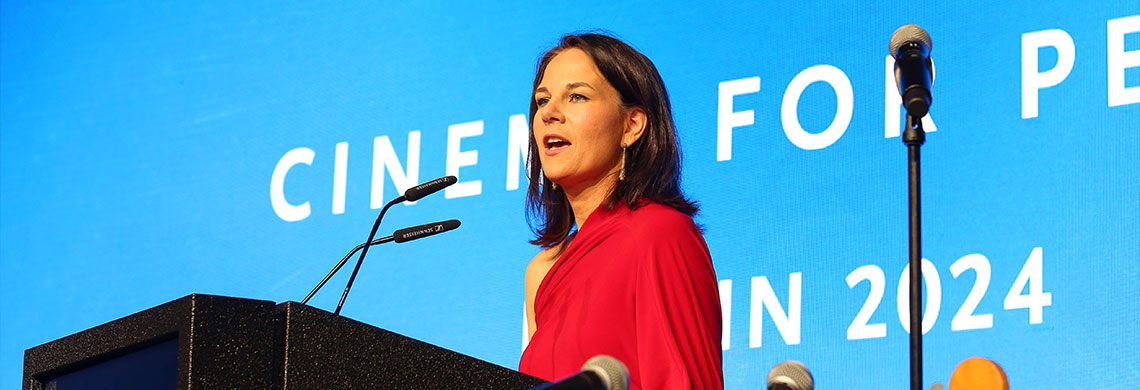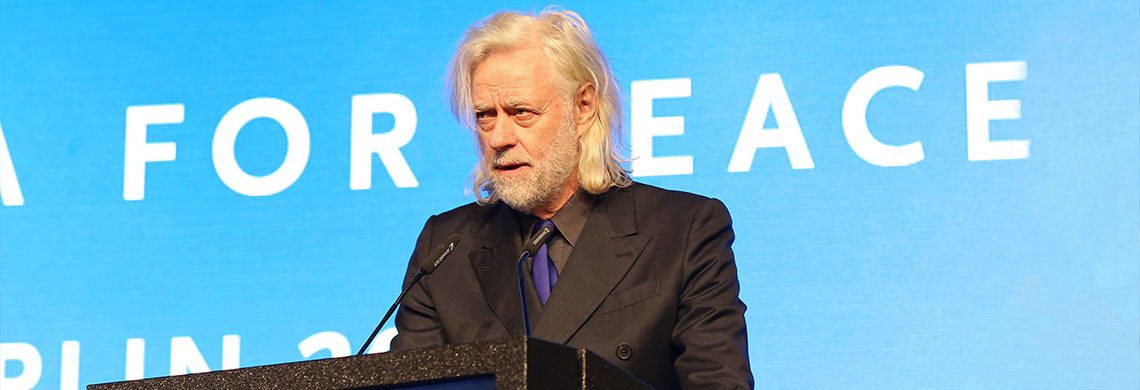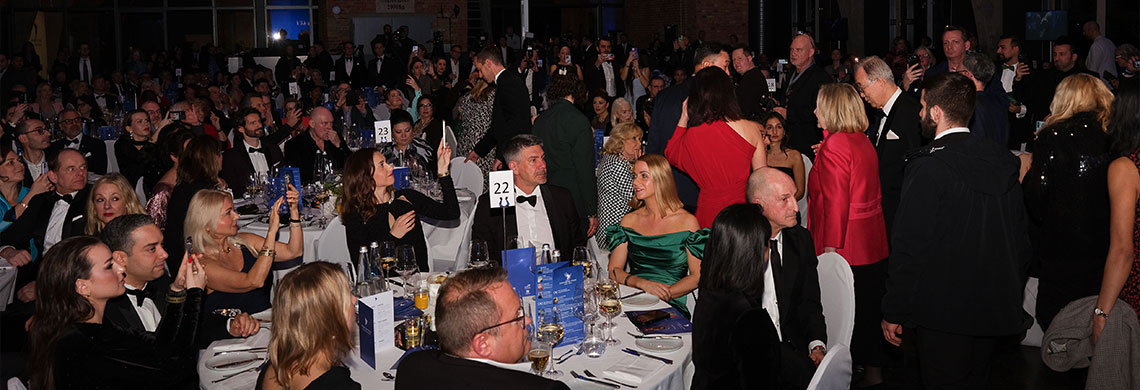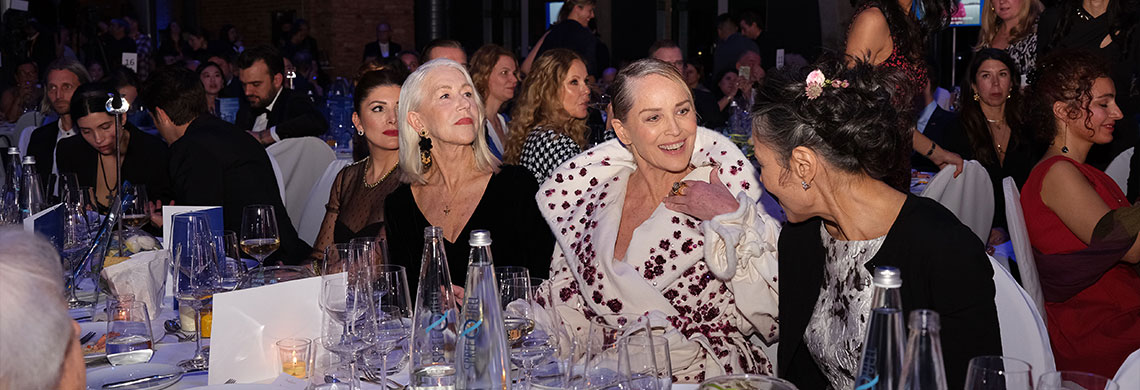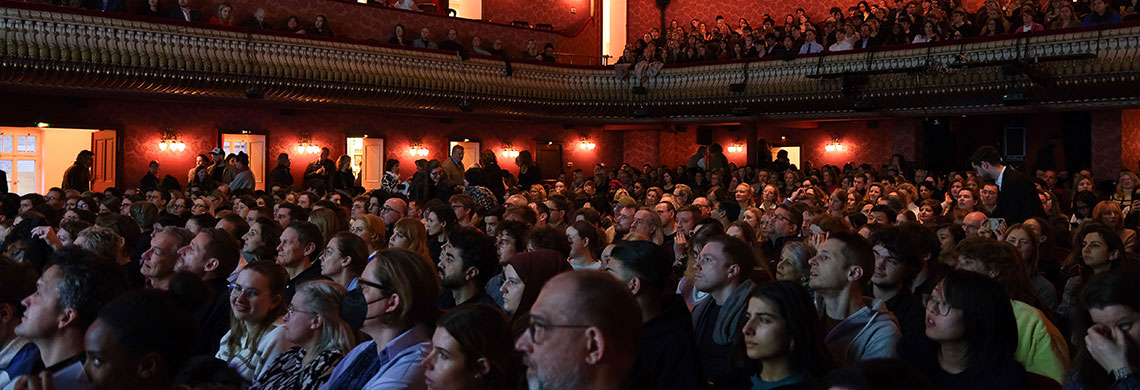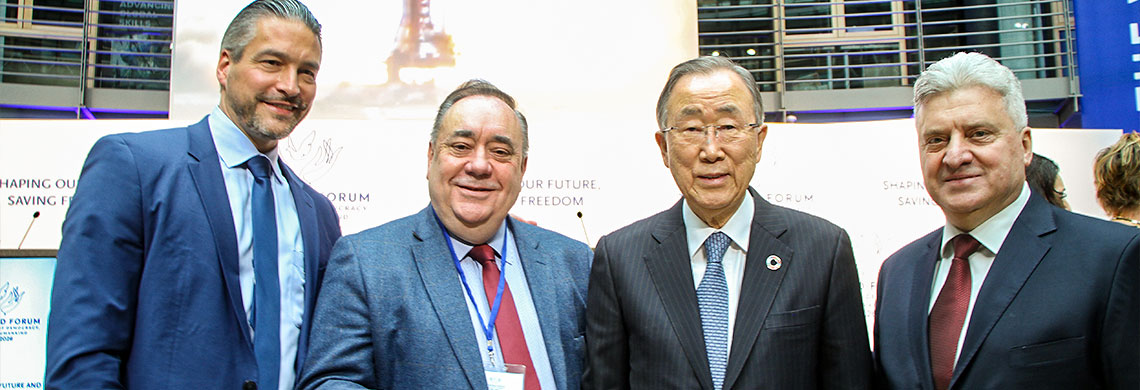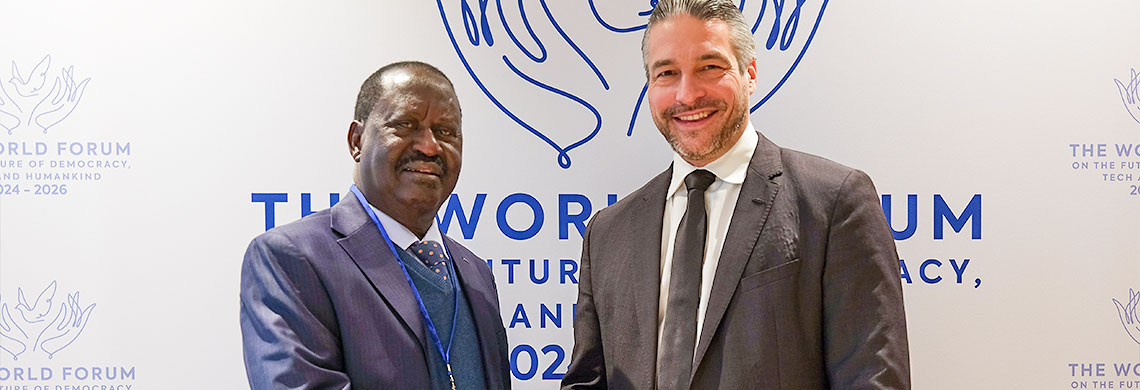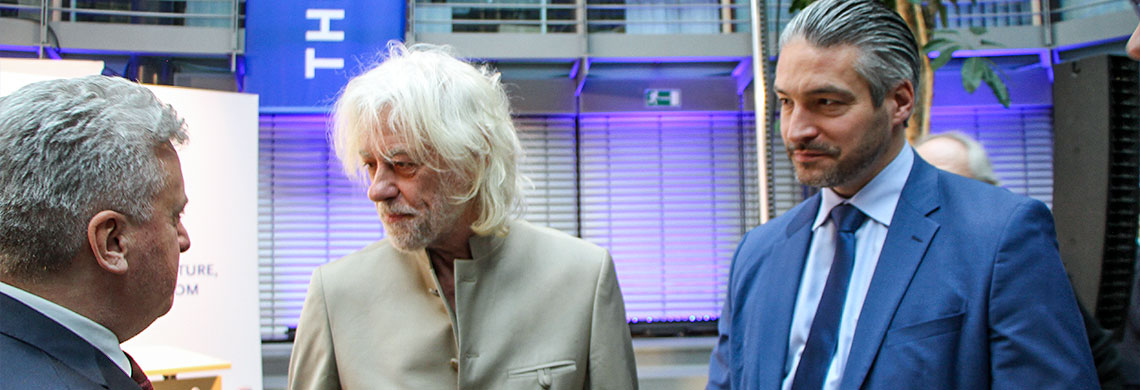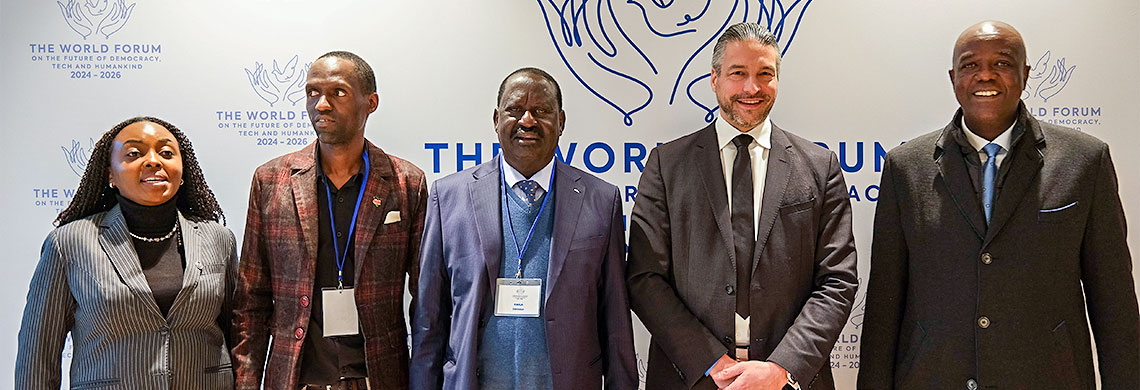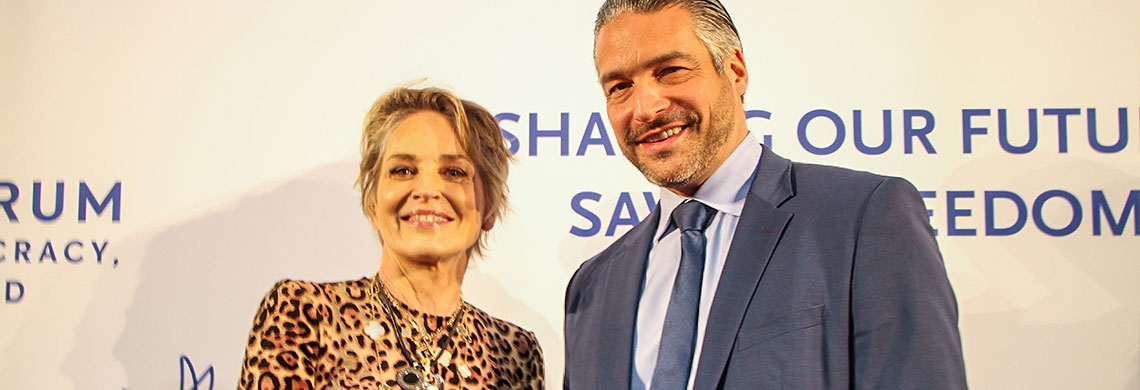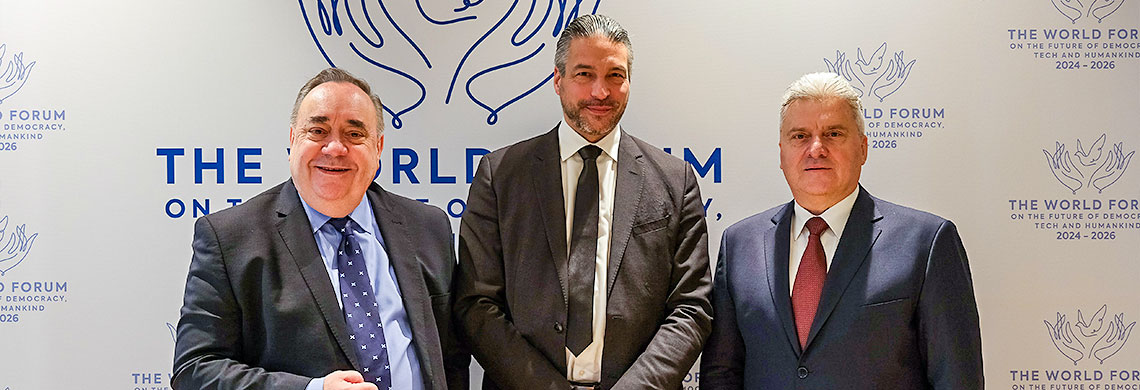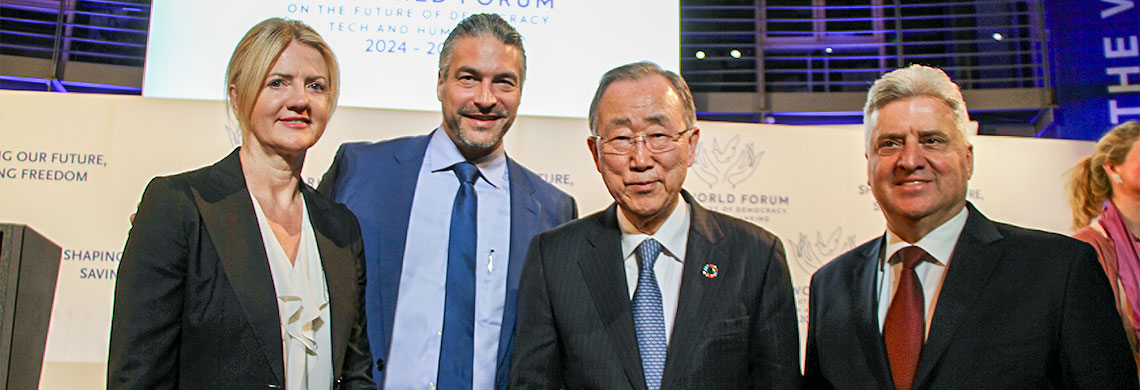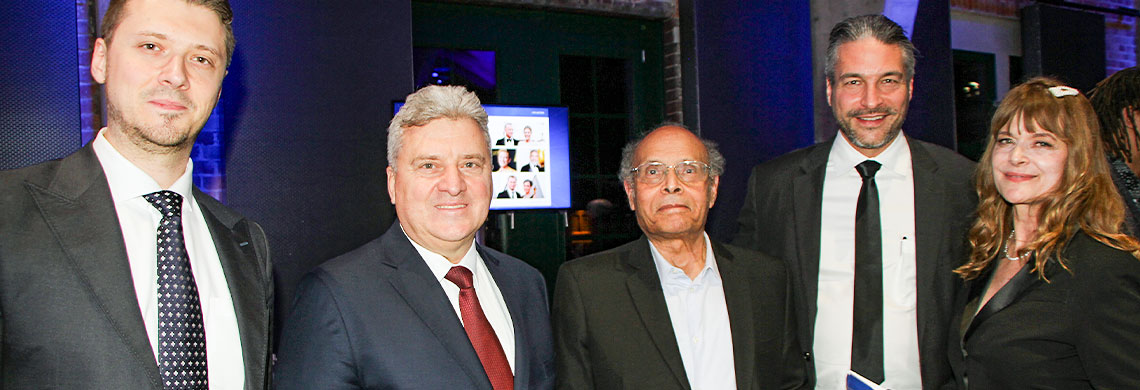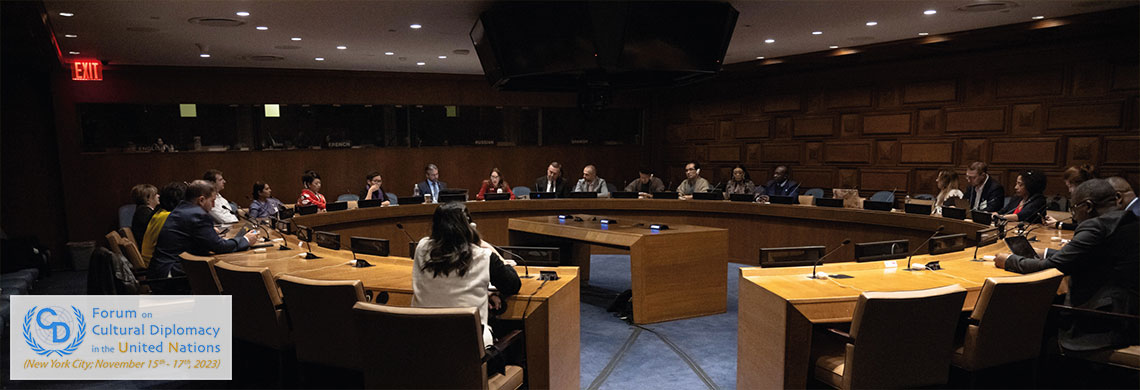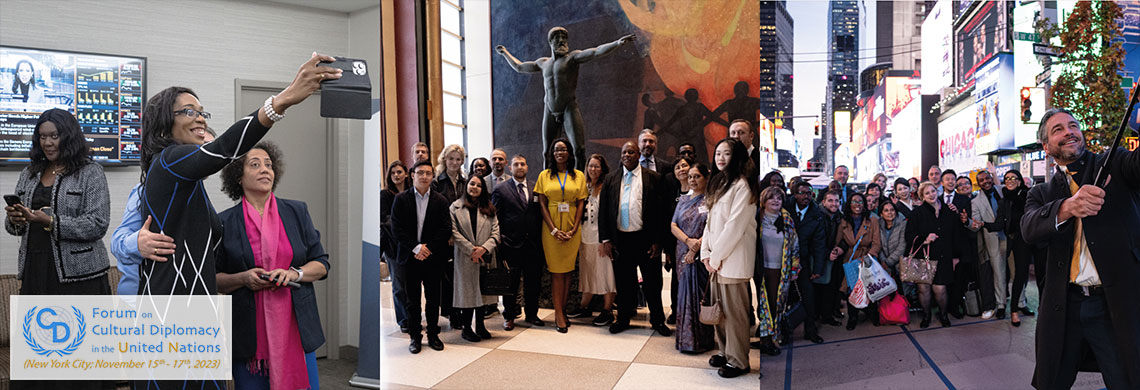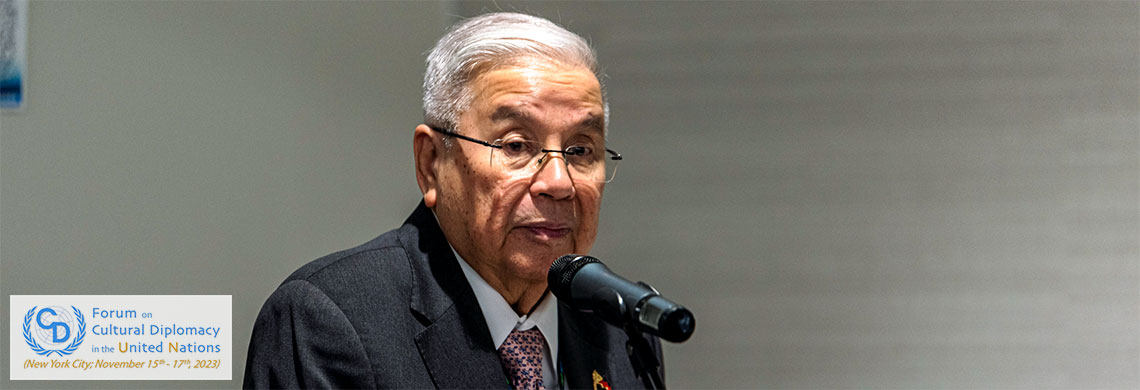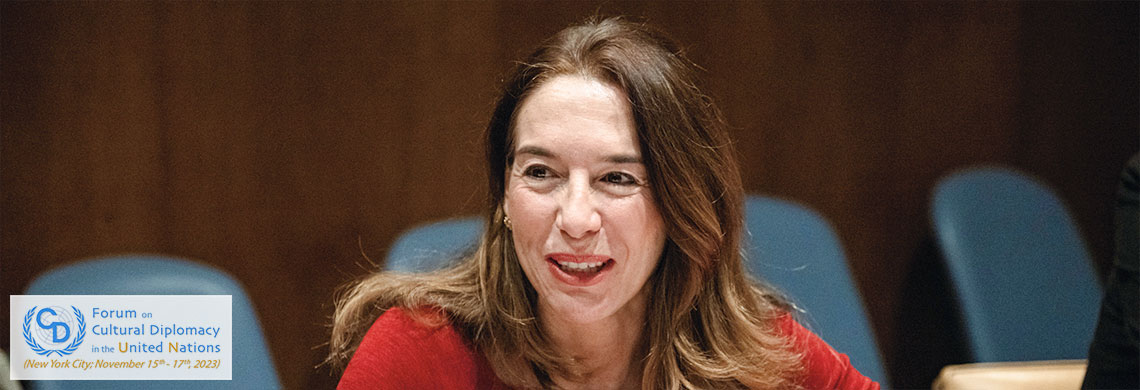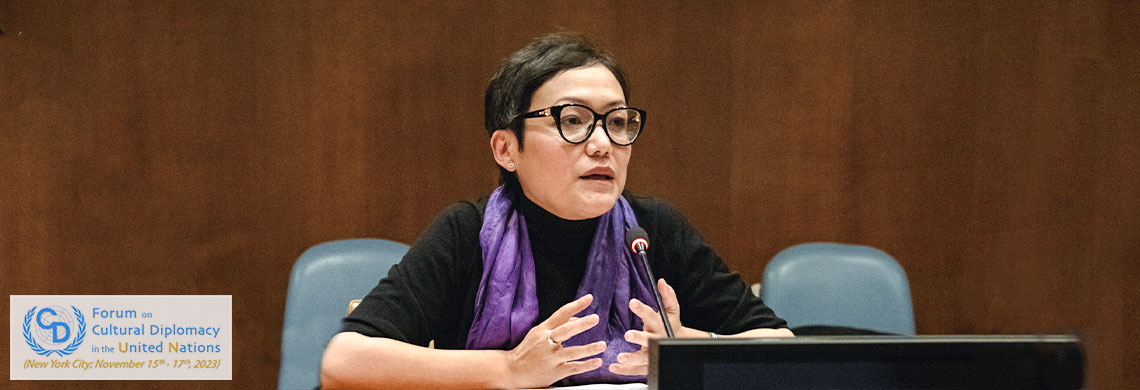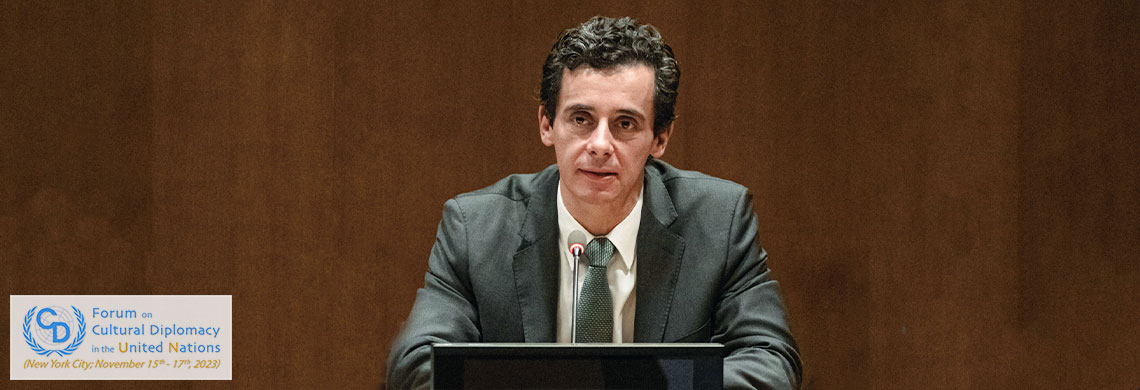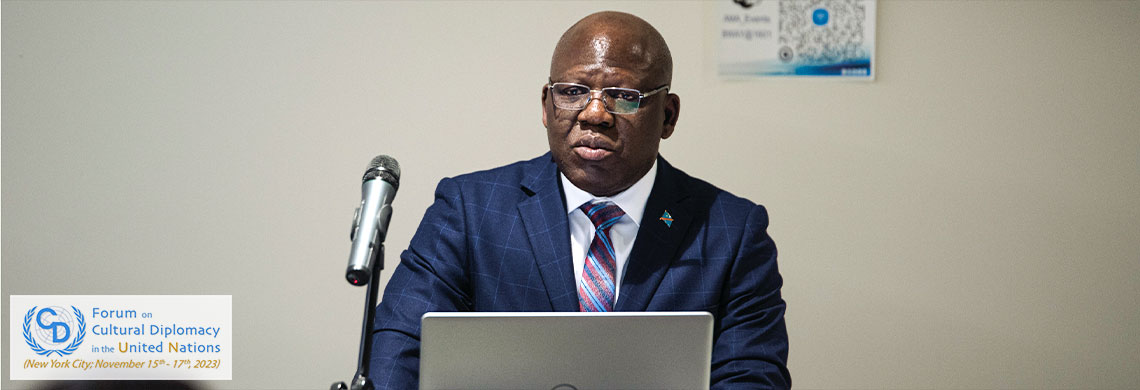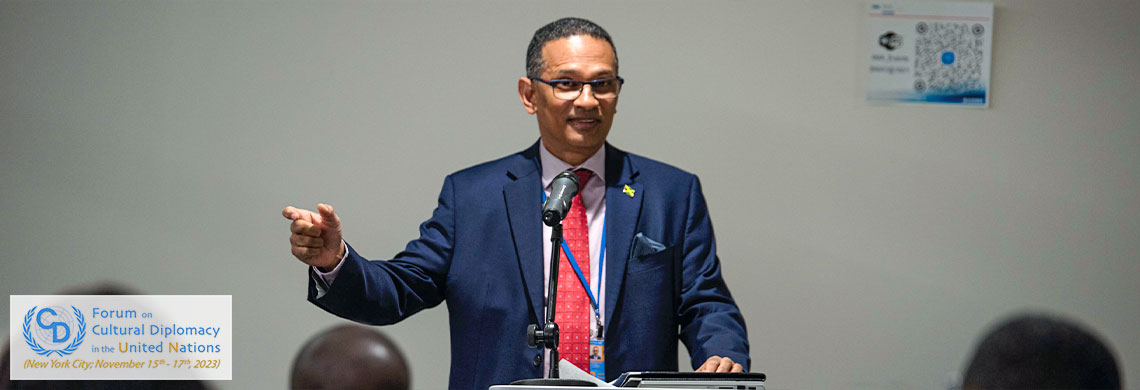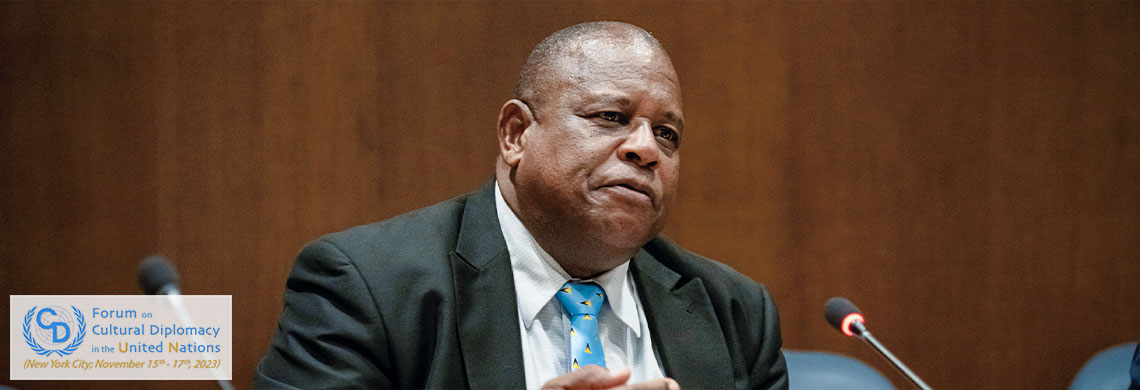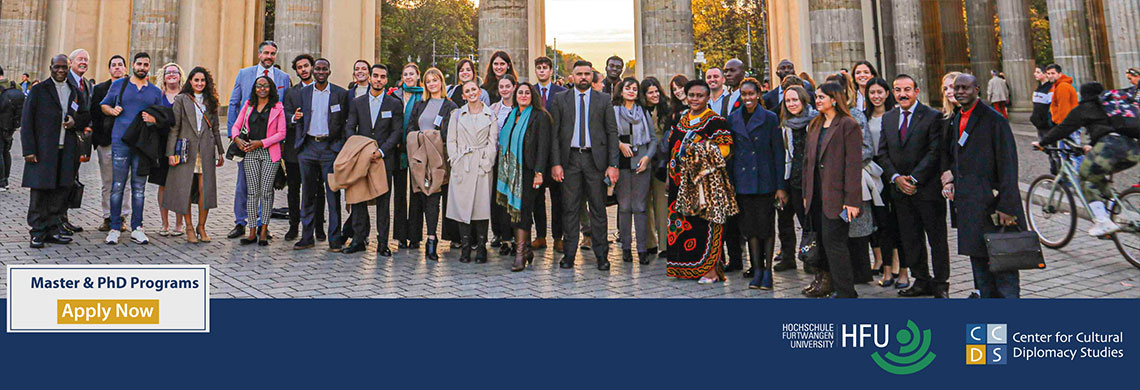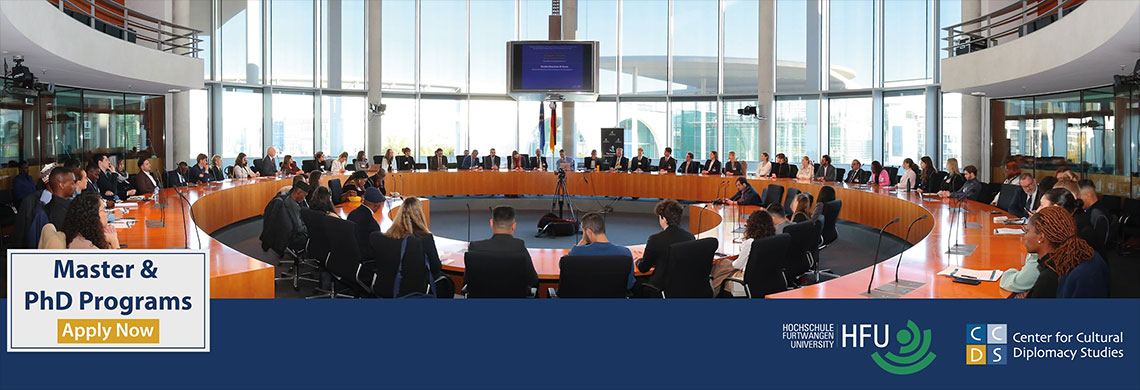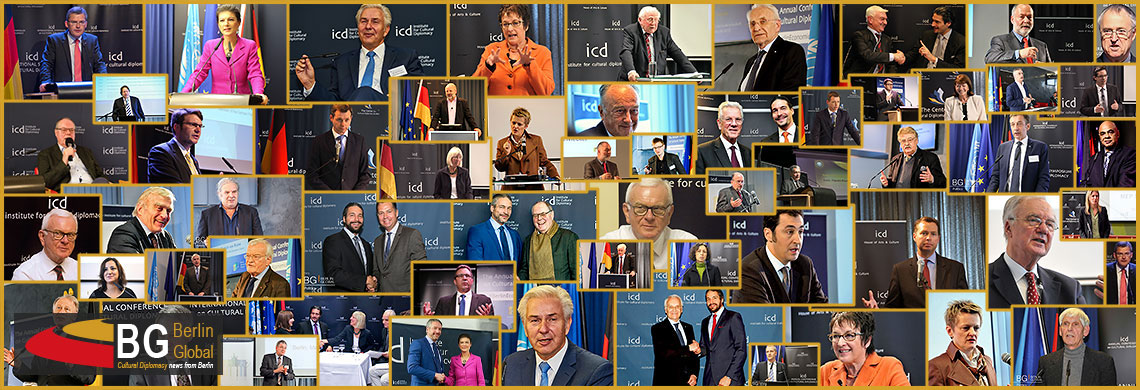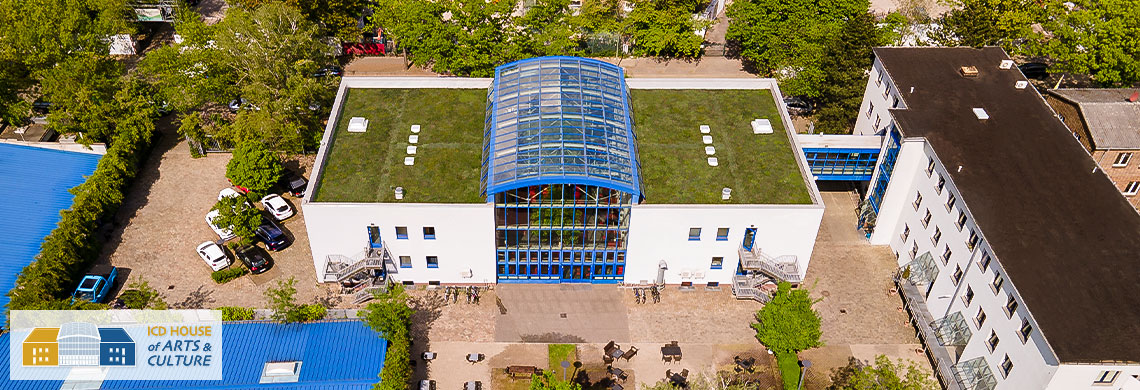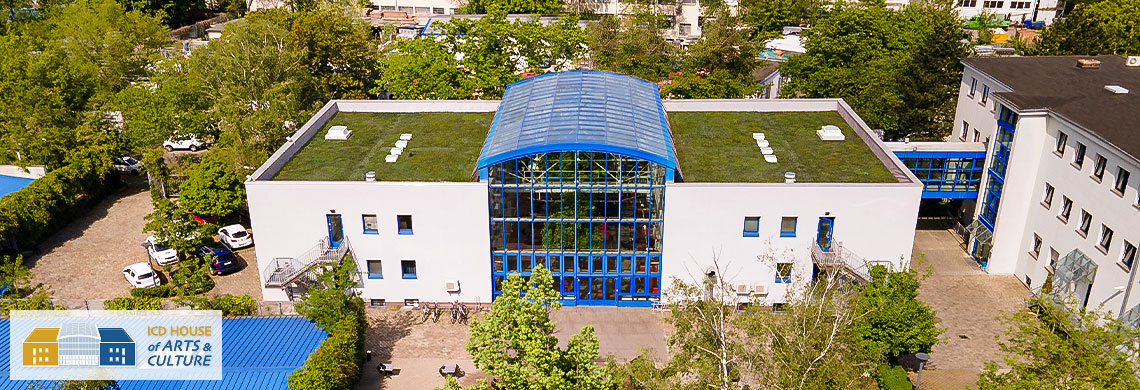International Symposium on Cultural Diplomacy & Religion 2014
"The Promotion of World Peace through Inter-Faith Dialogue & the Unity of Faiths"

Vatican City State
Città del Vaticano
The Holy See or Vatican City (in Italian Città del Vaticano) is a city-state situated within the Italian state. More precisely, the Vatican City is a walled enclave within Rome, the capital of Italy. The Holy See is smallest independent state, with an area of 0.44 km² and 840 inhabitants.However, according to the Lateran Treaty, certain properties of the Holy See are located in Italian territory, most notably the Papal Palace of Castel Gandolfo and the major basilicas, enjoy extraterritorial status similar to that of foreign embassies. These properties, spread all over Rome and on Italian soil are considered to be necessary to the character and mission of the Holy See in the world. In fact, the Vatican City owns all the extraterritorial properties that, by virtue of the Treaty between the Holy See and Italy signed in 1929, were assigned to the Pope, such as the basilicas of St. John Lateran, St. Paul Outside the Walls and St. Mary Major.
History

The Vatican City State in the Past
The term Vatican was used in ancient times to identify the right bank of the Tiber River, specifically the part between the Milvo Bridge and the present Sixtus Bridge. During the Monarchy and the Republican age, it extended northwards and southward at least as far as the Janiculum. During the Imperial age, from the 2nd century A.D, the troponin Vatican was applied to an area corresponding roughly to the present Vatican City State. During the Roman period, the area outside the city of Rome was reclaimed.Going back to tradition, Peter suffered martyrdom in the area we know nowadays as St. Peter Square, during the great Christian persecution ordered by Nero in 64 A.D. From that moment onwards, the place became the most important destination for Christian pilgrims. Peter's necropolis was covered over during the building of the basilica dedicated to the Apostle, which was commissioned by Emperor Constantine (306-337 A.D). This building determined the later development of the area.
Leo IV (847-855 A.D), in the memory of Peter, commissioned the construction the first walls of the civitas, which became the spiritual center of medieval and renaissance in Rome.
Although the Pope resided in the Lateran Palace during the Middle Ages, some buildings were built in the area near St. Peter's. In 1309 the papal court was moved to Avignon, St. Peter's and Rome were abandoned for over a century. The pope came back to Rome in 1377 but it took over fifty years for Rome to regain its former luster. In 1477, pope Sixtus IV (1471-1492) commissioned the building of a great chapel, Sistina.
Great changes were introduced by Julius II, who radically transformed the small city. He started to pull down the Constantinian basilica, began to work on the new St. Peter's, and built the famous Belvedere Courtyard. Moreover, Pope Julius II, summoned Raphael and Michelangelo to Rome, in order to develop the Sistine Chapel and the papal apartments. The area around St. Peter's was completed by Bernini, who designed the baroque square we know today.
The Vatican City-State today
The Vatican City state was founded following the Patti Lateranensi (Lateran Pacts) between the Holy See and Italy in February 1929. The mission of the Catholic Church is to announce the truth of the Gospel for the salvation of all humanity and in the service of peace and justice in favor of all people. The Vatican City state has the unique characteristics of being an instrument of the independence of the Holy See, and of the Catholic Church, from any earthly power.International status
The Italian forces conquered the Papal states in 1870, ending the existence as a sovereign State. Consequently, the status of the Holy See was questioned as a subject of International Law. In 1929, the Lateran Treaty (Patti Lateranensi) was signed with Italy, which recognized the State of the Vatican City and "the sovereignty of the Holy See in the field of international relations".Even though the Holy See was recognized thanks to the above-mentioned treaty, the question regarding its status still remained as the Vatican City did and still does not possess all the characteristics of a proper State recognized by International Law (Montevideo Convention on the Rights and Duties of States); the Holy See does not have a permanent population apart from the Church functionaries but it has been able to enter into relations with states and be part of several international treaties. In 1993 the Holy See reaffirmed its "exceptional status within the communities of nations; as a sovereign subject of international law, it has a mission of an essentially religious and moral order, universal in scope, which is based on minimal territorial dimensions guaranteeing a basis of authority for the pastoral ministry of the Sovereign Pontiff". Crawford has concluded that the Holy See is both an international legal person in its own right and the government of a State (the Vatican City).
International Relations
The task of representing the Vatican City State and managing its relations with foreign States is the prerogative of the Pope, who does so through the Secretariat of State.The Holy See has Permanent Observers Status with several international organizations (UN, FAO and UNESCO) and is a member of others (the International Atomic Energy Agency, UN World Tourism Organisation). Moreover, it participates in various other organizations among which we can find the Universal Postal Union, International Communication Union, International Grain Council, the World Organisation for intellectual Properties, and the World Medical Organisation.
There is value in stating that the Vatican City State does not have diplomatic relations (i.e it has just unofficial relations) with the following states: Afghanistan, Saudi Arabia, Bhutan, Brunei, Burma, China, Comoros, Laos, Maldives, Mauritania, North Korea, Oman, Somalia, Tuvalu and Vietnam.
The Political System
Assuming that the Holy See is an International subject sui generis, it is now possible to focus on the political system within the Vatican City itself. The Holy See is governed as an absolute monarchy; the Head of State is the Pope with full legislative, executive and judicial powers. During the 'sede vacante' (i.e between the death of a Pope and the election of his successor) or 'vacant period', these powers are held by the College of the Cardinals. The Cardinals elect the Pope, and he becomes Sovereign of the Vatican City State as soon as he accepts his candidacy.Judicial, legislative and executive bodies
Specific responsibilities are established by the codes of civil and penal procedures currently in force in the Vatican City. The legislation enacted on November 21st 1987, places judicial authority in a judge, a tribunal, an appeals court and a supreme court, which exercise their authority in the name of the Pope.The Pontifical Commission carries out legislative acts by the Pope and for the Vatican City State, which also promulgates general instructions and regulations.
The exercise of the executive government is entrusted to the Cardinal President of the Pontifical Commission who assumes the title of President of the Governorate. The closest collaborators of the President are the Secretary General and the Deputy Secretary General. In writing legislation and dealing with important issues, the Pontifical Commission and the President of the Governorate can avail themselves to the assistance of the General Councillor and of the State Council.
Structure of Governorate
PresidencyPresident: His Eminence Cardinal Giuseppe Bertello (born in Fogliazzo, Italy, 1st of October 1942)
Secretary General: P. Fernando Vérgez Alzaga (born in Salamanca, Spain, 1st of March 1945)
Emeritus President: Cardinal Giovanni Lajolo (born in Novara, Italy, 3rd of January 1935)
Administrations and Central offices
The State Accounting Administration: it deals with general accounting procedures and the finances of the Vatican City
The General Service Administration: it oversees the Goods Transit Service Department, the Motorization Service Department and the Florist.
The Security and Civil Defense Department
The department manages security and public order together with the Pontifical Swiss Guard. The department is in charge of the Gendarme Corps and the Fire Department.
The Department of Health and Hygiene
The department is responsible for providing healthcare and medical services to the citizens and residents of Vatican City, as well as employees. The Vatican Pharmacy is associated with this department but it is independent from it.
The Museum Administration
It has the task of safeguarding; preserving, restoring and promoting the monuments and artistic collections that are property of the Holy See. The Publications and Reproductions Sale Office and the Patrons of the Arts in the Vatican Museum collaborate with the Museum Administration.
The Department of Technical Services
It is responsible for the maintenance of the real estate (territory and building) and for the management of technological system.
Locations
 |
The Vatican City is a popular destination for tourists, especially Christians wishing to see the pope and/or practice their faith. Pilgrims usually visit the Holy See in specific moment of the liturgical year such as Christmas and Easter but also during other periods, for example the proclamation of a Holy Year or the funeral and elections of the pope. The main tourists' attractions in the Vatican City include the Basilica of St. Peter, Saint Peter's Square, the Vatican Museums, the Sistine Chapel and the Raphael Room. Tourism is one of the main sources of revenue of the Vatican City. |
 |
Saint Peter's Square Saint Peter's Square is the large square in front of the Basilica of Saint Peter. At the centre of the square there is a four-thousand-year-old obelisk. Gian Lorenzo Bernini designed the square, including the massive Tuscan colonnades, which embrace visitors in the "maternal arms of Mother Church". |
 |
Basilica of St. Peter Built in 1506, the Basilica is the world largest. In 1547 Michelangelo took over and simplified Bramante's previous plan and increased the scale. After Michelangelo's death in 1564, his student Giacomo della Porta, looked after the erection of the Dome according to his master's design. In the Basilica of Saint Peter it is possible to visit the Dome, the Treasury and the Vatican Grottoes. |
 |
The Vatican Museums The Vatican museums include the papal apartments of the medieval apostolic palace, the Sistine Chapel, the Apostolic Library and the museum itself. In the XX century, the Vatican collection was rearranged in the Art Gallery. |
 |
The Sistine Chapel The Sistene Chapel is a large and renowned chapel of the Apostolic Palace and the official resident of the pope in the Vatican City. Originally known as the Cappella Magna, the chapel took its name from pope Sixtus IV, who restored it between 1477 and 1480. Since that time, the chapel has served as a place of both religious and function papal activity. Today it is the site of the papal conclave. The fame of the chapel lays mainly in the frescos that decorate the interior, in particular the astonishing Giudizio Universale by Michelangelo. |
| The Raphael Rooms The four Raphael Rooms form a suite of reception rooms, the public part of the papal apartments in the Palace of the Vatican. They are famous for their frescoes painted by Raphael. The names of the rooms are: Room of the Segnatura, Room of Heliodorus, Room of the Fire in the borgo and Room of Constantine. |
|

